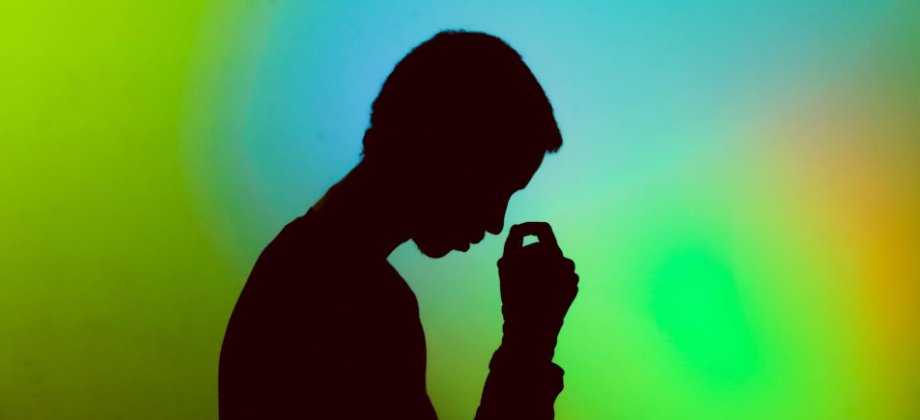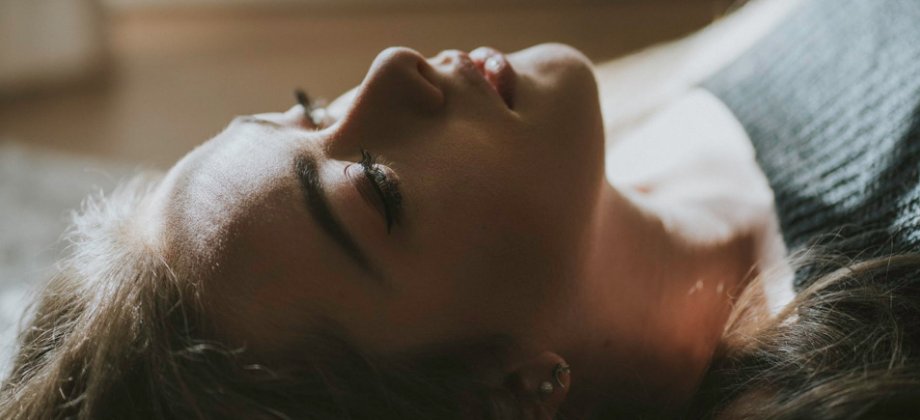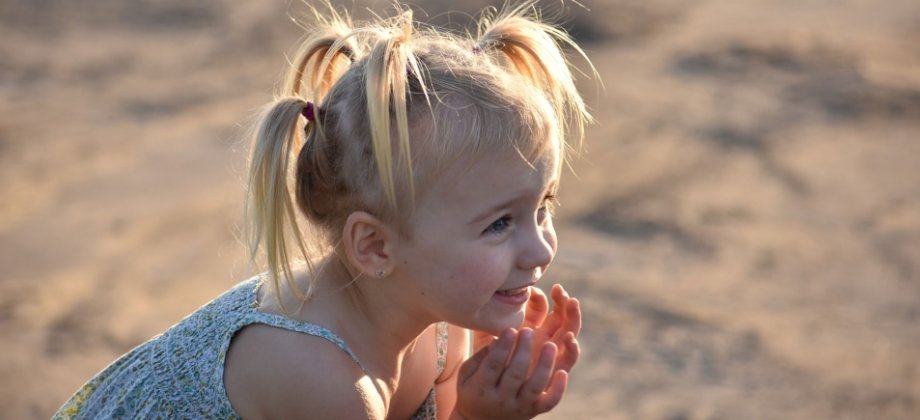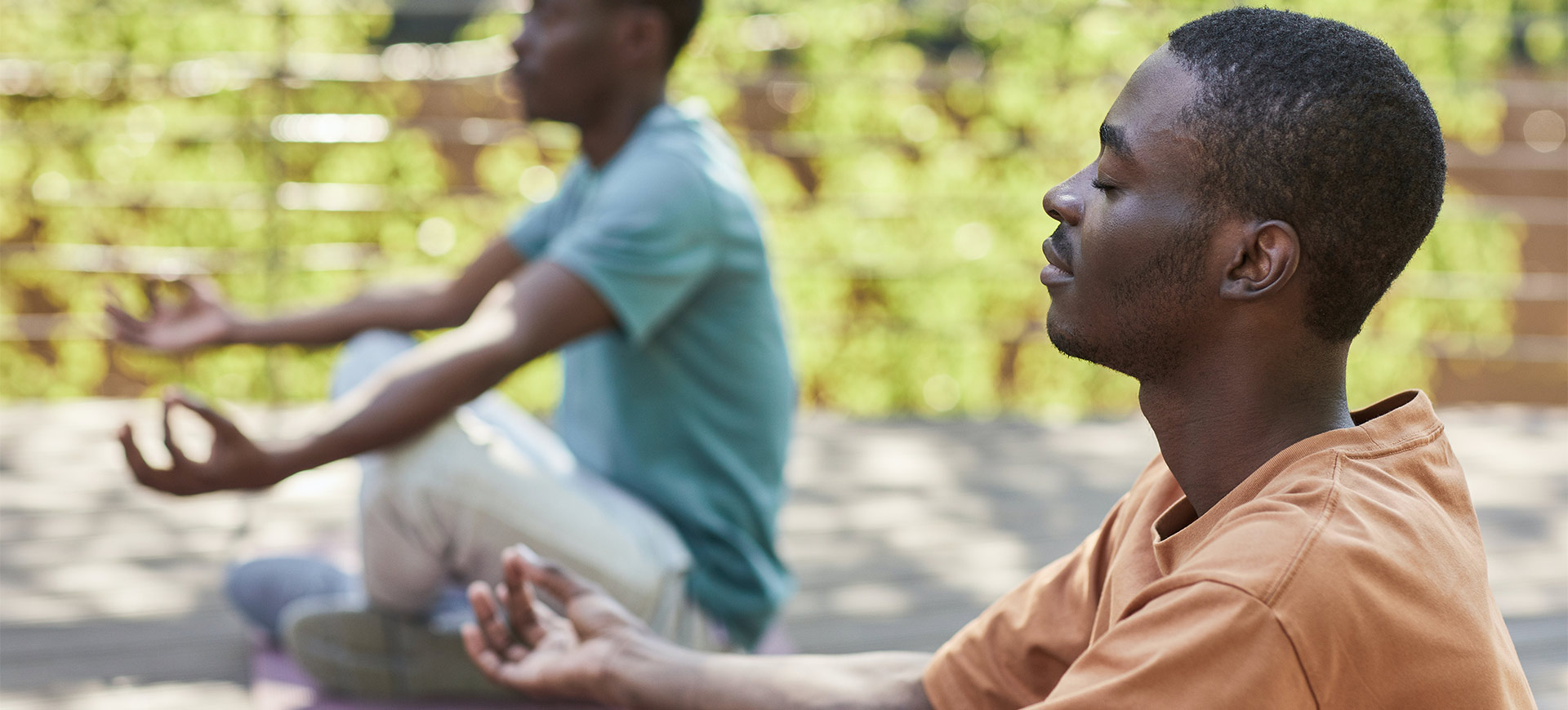
Synchronising our Yoga practice with our Biorhythms
Have you ever noticed that there are days when we feel full of beans and some others where we feel immensely gloomy, sleepy, or completely depleted of our energy?
Well, the reason behind it is to be found not only in the moon phases, which deeply affect our lives but also in the so-called “biorhythms”.
For those of you who are completely new to this concept, this idea was first theorized by Wilhelm Fliess at the end of the 19th century and it states that, as in nature, our daily lives can be significantly affected by continuous, rhythmic cycles.
According to this theory, human lives move in predictable undulations involving three different cycles:
- Physical cycle that lasts 23 days
- Emotional cycle that lasts 28 days
- Intellectual that lasts 33 days
The emotional cycle influences our sense of creativity, sensitivity, mental health, and overall mood. The Intellectual cycle on the other hand has a great effect on cognitive functions such as memory, alertness as well as logical and analytical processes. And of course, our physical cycle is connected to our physical health and the general energy level of our body.
All these three cycles start at a neutral baseline at birth, and from there, they begin to fluctuate between positive and negative phases, during which the energies and abilities associated with each cycle can increase or decrease, before going into a progressive decline as we get closer to the end of our days.
The importance of connecting our practice with our biorhythms
As we said, these cycles have an incredible effect on our daily life and for this reason, they may change day by day. So for instance, our physical cycle can reach a peak on a certain day, making us feel wonderfully energized and active, while maybe, on the very same day the emotional cycle can be at the lowest point, hence making us feel deeply sensitive or irritable.
So with that goes the importance of taking your own biorhythm into account and paying attention to your "good" and "bad" phases. And when you’re more aware of the status of your cycles you can be fully prepared to embrace negative times and recharge the batteries when needed. While, on the other hand, you can use the good times for tasks that can really challenge you.
But now you might wonder: “but how do I know the status of my cycles?”. Simply search for “biorhythms calculator” on the internet, add your date of birth and you’ll instantly get a detailed chart that shows the status of your 3 cycles in a targeted time frame.
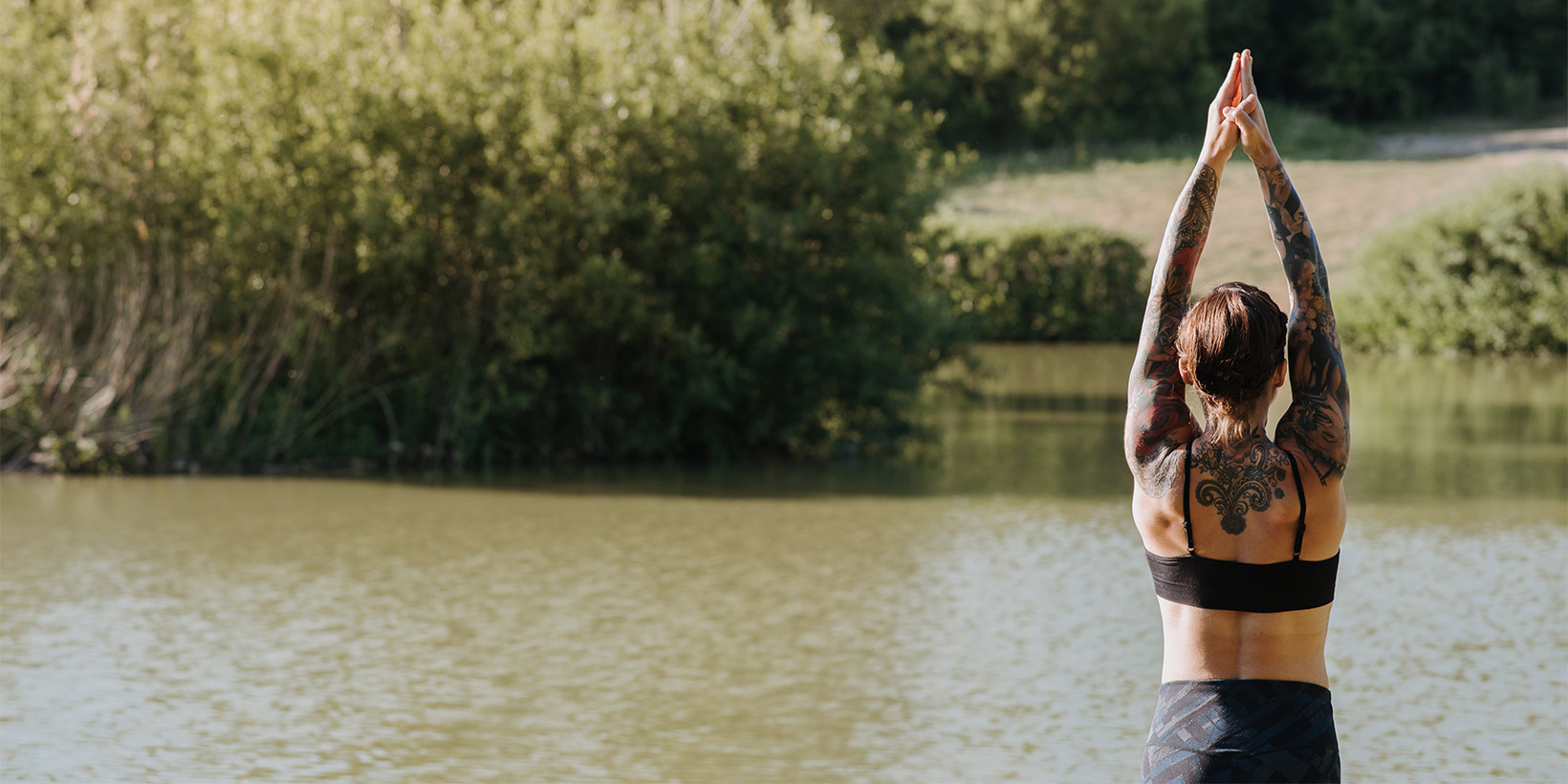
How to effectively align your practice with your biorhythms
So that being said, when it comes to your personal yoga practice, it makes sense to align it with your biorhythms, so as to get the most from your practice and from both your body and mind.
We’ll now take into account only the emotional and physical cycles and with these in mind, we’ve rounded up a list of various Yoga and Pranayama practices you could combine according to your physical and emotional status.
Let’s break down each point step by step…
Practice for when our physical and emotional cycles are in their negative phase
When our physical and emotional cycle is decreasing, we might tend to feel like there’s reduced vitality and endurance, we feel constantly lethargic and are prone to get tired quite easily.
Plus, a negative phase of our emotional curve can potentially trigger, as you can understand, unfavorable emotions like emotiveness, gloominess, and maybe even anxiety! Simply embrace these emotions and it might sound obvious but you can also effectively try not to get too involved in a spiral of negativity.
For this reason, an intense, soothing Yin practice is all our body and mind really crave on those days when we feel that our energies are low…
Ideally, include hip opening poses like “Supta Baddha Konasana” (reclined butterfly pose) alongside heart-opening postures, so as to scan down our emotional landscape and set ourselves free from negative emotions while gifting our body with a muscular-soothing treat.
For a powerful relaxation boost, try to start your practice with a Pranayama Exercise, the “Anuloma Vyloma” (Alternate Nostril Breathing) so as to calm down our nervous system and prepare our body and mind for a deeply restorative practice.
Explore and challenge yourself with new poses, create new flows, experiment with new, fast-paced sequences.
Practice for when our physical and emotional cycles are in their neutral phase
Generally, when our physical and emotional cycle approaches a neutral phase, we might feel stuck in a neverending limbo where our energies are not too high and not too low. Our emotions are quite bizarre, we can feel moody and as a consequence, we can get stuck in continuous mood swings, and we could feel confused or even disoriented.
These are days better spent in review, and contemplation of our emotional and physical state. For this reason, a deeply meditative, slow practice like Gentle Yoga or Slow Flow can be incredibly useful for this purpose. Usually, when we move at a slow pace we can effectively focus on each movement with full awareness without getting lost in thoughts, ideas, or emotions.
On those days, I love to start my practice with some rounds of Yogic Breathing, so as to feel more connected with my breath and hence with my body. Welcoming whatever sensation occurs into my body and mind.
Practice for when our physical and emotional cycles reach their peaks
We can feel deeply inspired, energized, positive and joyful, we are simply glowing! So my suggestion is to take this moment to make the most of our day and of our practice.
Explore and challenge yourself with new poses, create new flows, experiment with new, fast-paced sequences, and personally, I always try to opt for some mood and energy booster practices like Vinyasa, Power Vinyasa, or Ashtanga. But that’s completely up to you!
I also enjoy pairing my practice with “Ujjayi Breath” (ocean breath) and begin my class with some rounds of Kapalabhatti, so as to feel really full of beans and prepared to start my day and my practice with full power!
Final thoughts
So we’ve finally reached the end of our blog on biorhythms and yoga: I genuinely hope this article has shed some light on a new, maybe unexplored territory and I also hope it’ll inspire you to get to know more on this fantastic topic.
Because believe me, when we start to be more mindful about our biorhythms, we can truly embrace our emotions and physical status and get the most not only from our practice but also from our daily life!


